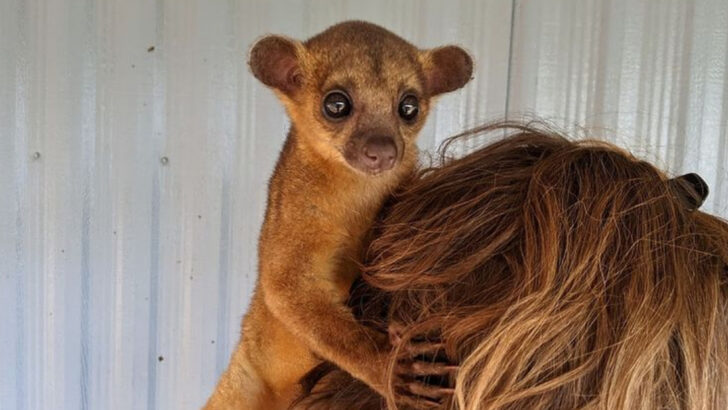Think a luxury car is expensive? Try owning a monkey with attitude.
Exotic pets come with bragging rights—sure. But they also come with vet bills that make mechanics look cheap, menus more specific than a Michelin restaurant, and habitats that rival a spa retreat.
That gorgeous parrot? Screams if it doesn’t get fresh fruit by 9.
The sleek serval? Needs room to sprint… and a fence that can handle a small wildcat.
People fall for the allure of the unusual—until reality bites.
Literally, in some cases.
Before you trade your savings for scales, fur, or feathers, take a peek at the exotic animals whose upkeep can rival—or crush—the cost of your car.
Capuchin Monkey
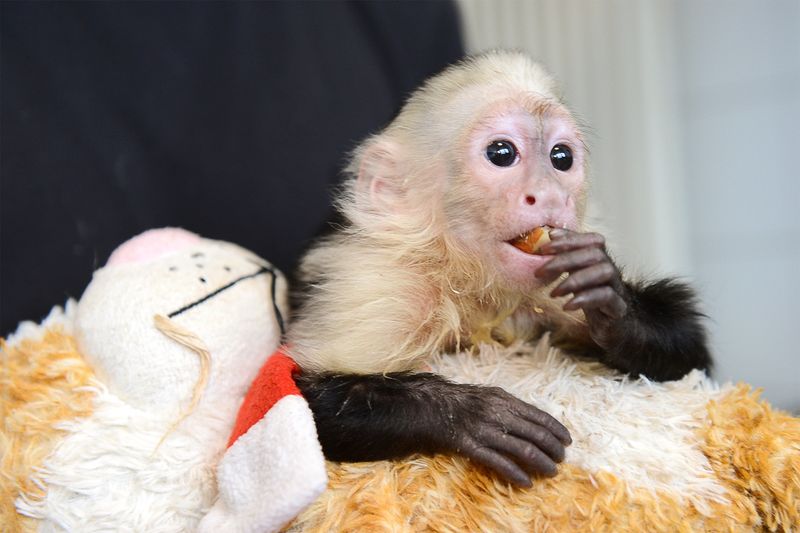
With nimble fingers and a curious mind, the Capuchin monkey is a delight to behold. These social creatures require more than just a spacious enclosure; they need mental stimulation and companionship. Their diet is diverse, including fruits, eggs, and insects, which must be sourced fresh to keep them healthy. Regular veterinary check-ups and behavioral training also add to the cost. The Capuchin’s engaging antics and expressive eyes make them irresistible, yet they demand a lifestyle that matches their vivacious spirit.
Fennec Fox
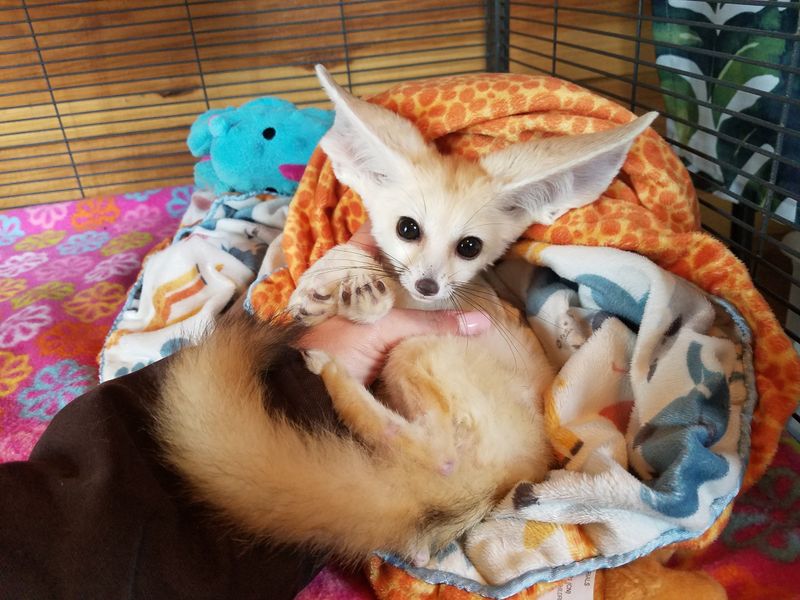
The Fennec fox is a tiny desert dweller with oversized ears and a playful demeanor. Its unique physiology requires a controlled environment, often mimicking the warm desert climate. Feeding involves a specialized diet of proteins and minerals to match their wild diet. These nocturnal creatures are most active at night, requiring owners to adapt to their schedule. Their endearing appearance and quirky behavior can enchant anyone, but they demand a commitment to understanding their complex needs.
Savannah Cat
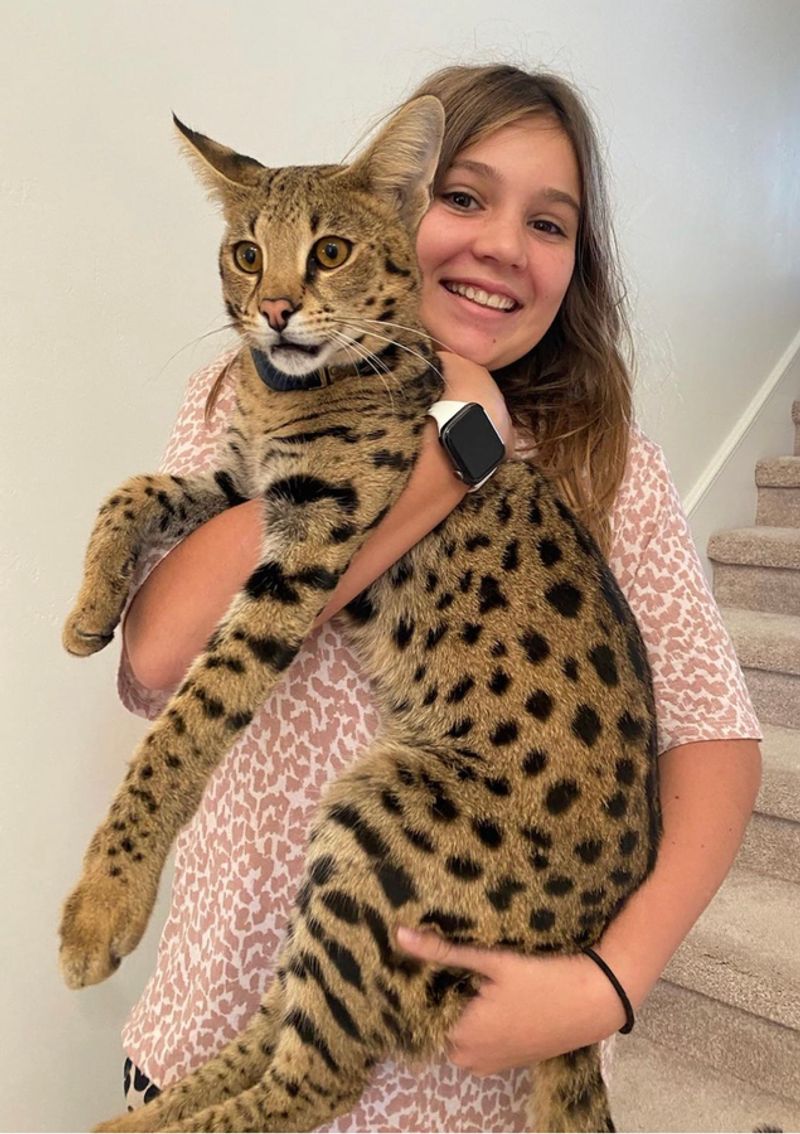
A cross between the wild serval and domestic feline, the Savannah cat is an epitome of grace and agility. They require a diet that matches their wild ancestry, often including raw meats and high-quality cat food. Their energy levels are unparalleled, necessitating ample space and stimulation, like climbing trees and interactive toys. Regular vet visits, including health screenings for inherited conditions, are essential. Owning a Savannah cat is a commitment to embracing their wild spirit in a domestic setting.
Hyacinth Macaw
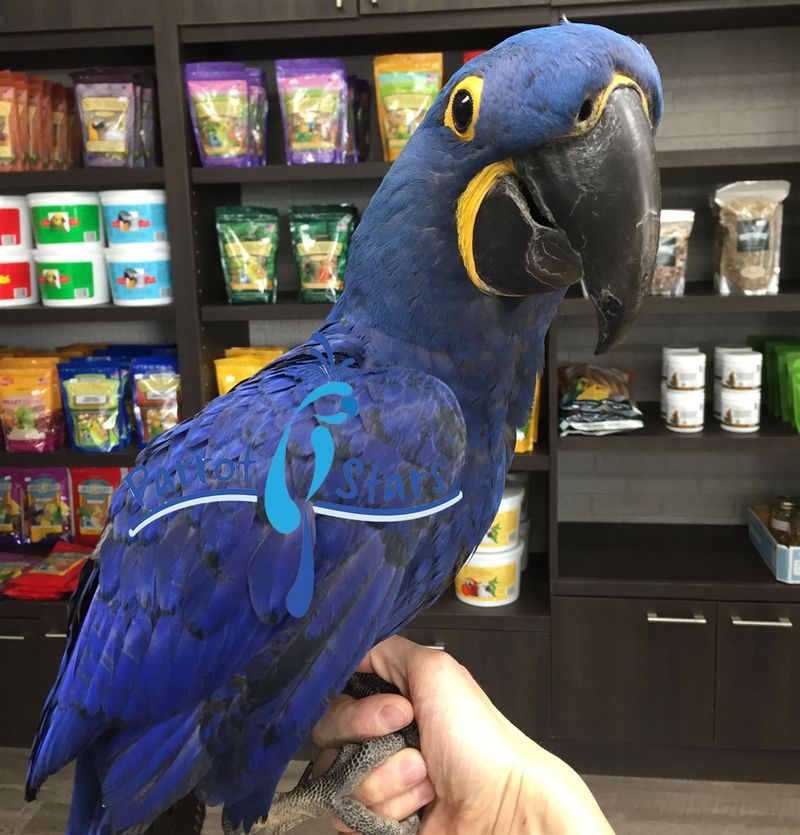
The Hyacinth Macaw, with its dazzling blue plumage, is a spectacle of avian elegance. As the largest of all parrots, they have substantial dietary needs, primarily consisting of nuts and seeds, which can be costly. Their intelligence demands constant mental stimulation through toys and social interaction. Enclosure requirements include spacious aviaries to accommodate their large wingspan. Their loud calls and social nature make them a lively presence, yet they require a dedicated owner to cater to their demanding lifestyle.
Kinkajou
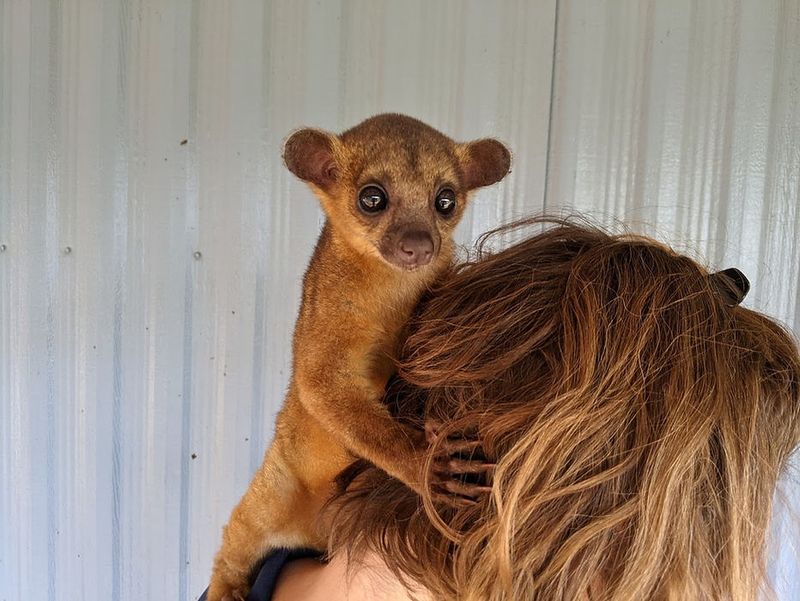
Known as the “honey bear,” the Kinkajou is a nocturnal mammal with a love for sweet foods. Their diet includes fruits and nectar, which must be carefully balanced to ensure health. These creatures thrive in a climbing-friendly environment, requiring secure, multi-level enclosures. Social and curious, they bond closely with their owners, demanding attention and enrichment. Their playful antics are endearing, but their care involves understanding their specific needs and nocturnal habits.
Scarlet Macaw
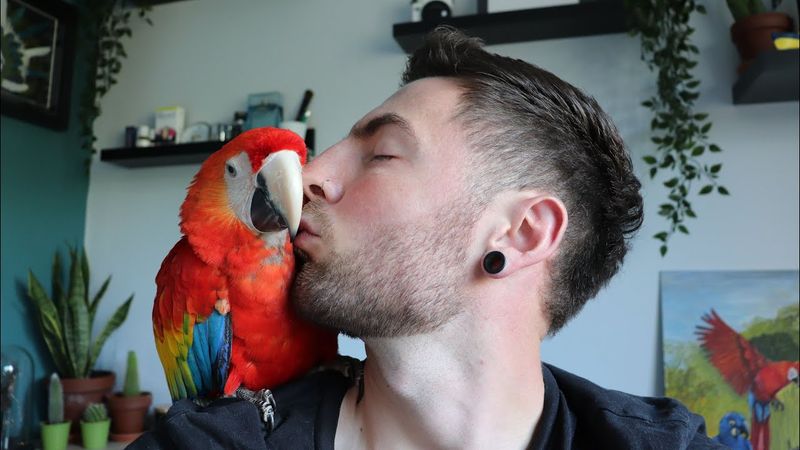
The Scarlet Macaw is an icon of tropical beauty, adorned in a rainbow of feathers. Their diet involves a variety of fruits, nuts, and seeds, reflecting their natural foraging behavior. Highly intelligent, they require constant mental challenges through toys and interaction. Their strong beaks can be destructive, necessitating durable housing and regular maintenance. Owning a Scarlet Macaw is a journey of admiration and responsibility, as they thrive on companionship and environmental enrichment.
Squirrel Monkey

Squirrel monkeys are small, energetic primates known for their lively antics. Their diet is varied, including fruits, insects, and small vertebrates, which require careful preparation. Enclosure designs must cater to their need for climbing and exploration, often resembling a complex jungle gym. Social animals by nature, they thrive in groups, and solitary living can lead to stress. Their tiny features and big personalities make them fascinating companions, yet they require a dedicated lifestyle to meet their active and social needs.
Bengal Cat
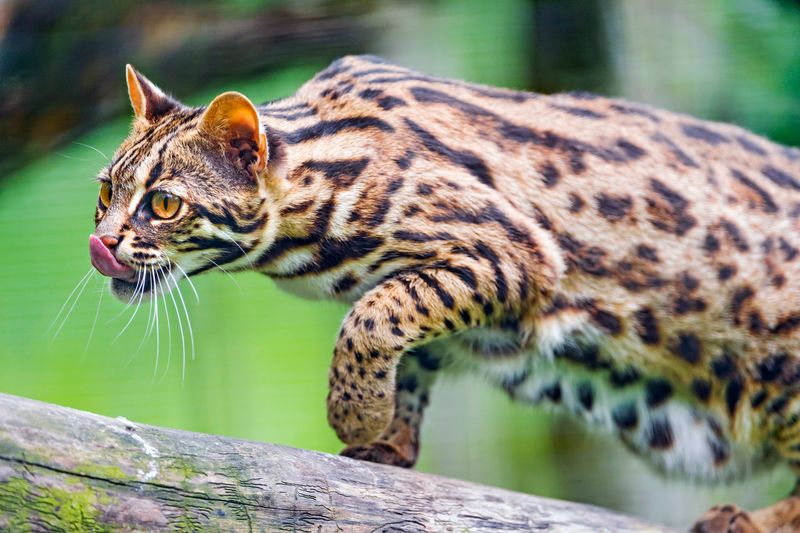
The Bengal cat, with its stunning leopard-like coat, is a marvel of feline beauty. They possess a high energy level that requires engaging play and exercise routines. Their diet often includes high-quality proteins to support their active lifestyle. Regular grooming and veterinary care are vital to maintain their glossy coat and health. They are affectionate and social but demand an environment that caters to their adventurous and curious nature.
Chinchilla
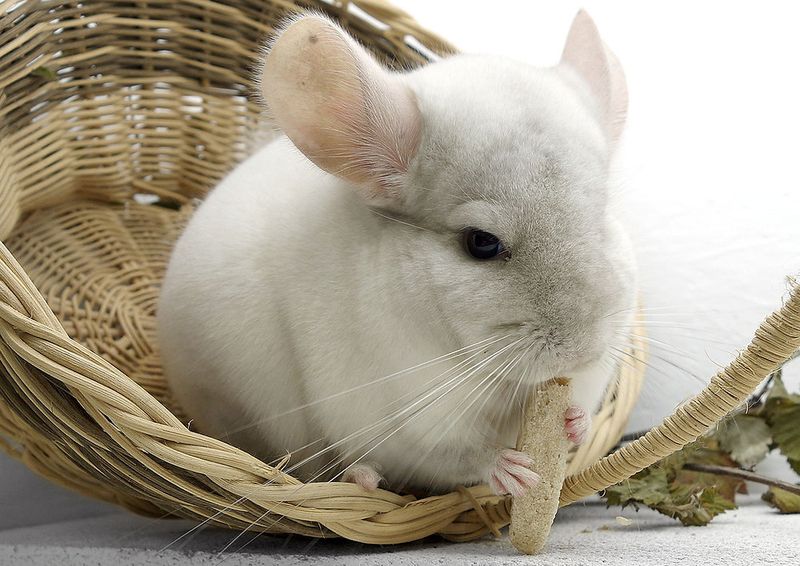
Chinchillas are cherished for their luxuriously soft fur and gentle disposition. They require a dust bath to maintain their unique fur, which must be done regularly. Their diet consists of hay, pellets, and fresh vegetables, ensuring a well-balanced nutrition. A spacious, multi-level cage is essential for their exercise needs, along with chew toys to prevent dental issues. Chinchillas are skittish but affectionate once bonded, making them lovely companions for those willing to meet their specific and delicate care requirements.
Kangaroo
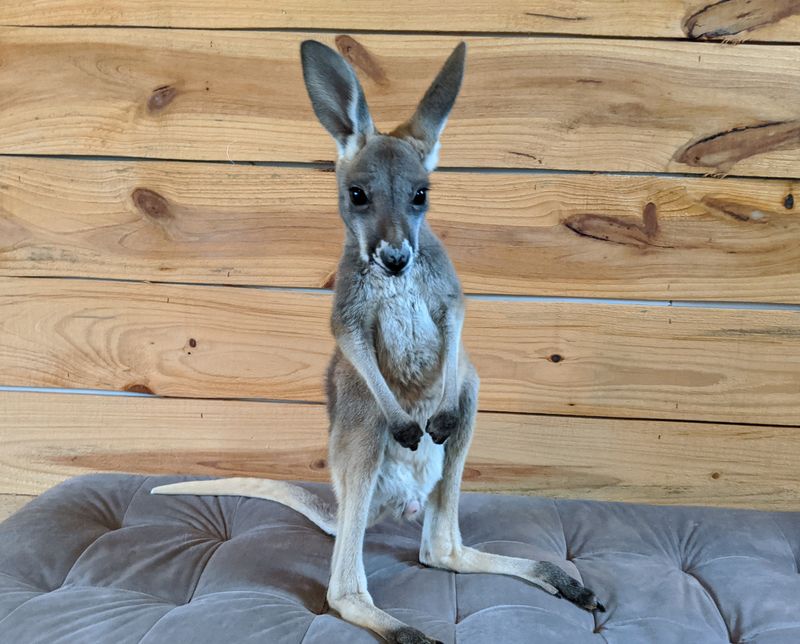
Kangaroos, iconic marsupials, are synonymous with the Australian wilderness. Their diet needs include specialized pellets and fresh vegetation to mimic their natural intake. Space is a crucial aspect of their care, as they require large, secure areas to hop freely. Veterinary care for kangaroos can be complex and costly, given their unique physiology. While intriguing and majestic, owning a kangaroo demands an understanding of their natural behaviors and habitat needs, which are challenging to replicate outside Australia.
Sugar Glider
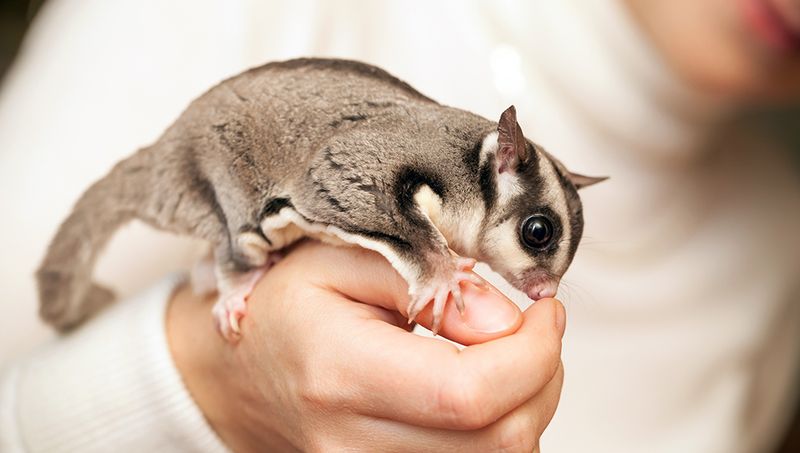
Sugar Gliders, with their ability to glide from tree to tree, are fascinating nocturnal creatures. Their diet includes fresh fruits, insects, and specialized glider foods to ensure proper nutrition. Housing must provide vertical space for gliding and enrichment to keep them active. Social by nature, they require companionship, often thriving in pairs or small groups. Despite their small size, they have big care needs, requiring dedicated attention and an understanding of their nocturnal lifestyle.
Ball Python

The Ball Python, known for its docile temperament, is a favorite among snake enthusiasts. Their diet consists of appropriately sized rodents, which must be fed at regular intervals. Enclosures require precise temperature and humidity control to mimic their natural habitat. Despite their gentle nature, handling and care must be done with knowledge and respect for their needs. Ball Pythons are captivating and calm, making them suitable for experienced reptile keepers willing to invest in their specific environmental and dietary requirements.
Lemur

Lemurs, with their expressive eyes and playful antics, are a joy to observe. Native to Madagascar, their diet includes fruits, leaves, and insects, which must be carefully balanced. They thrive in environments that replicate their natural habitat, with plenty of room for climbing and social interaction. Lemurs live in social groups, and isolation can lead to distress. Their charming personalities make them appealing, yet their care requires dedication and an understanding of their social and environmental needs.
Caracal

The Caracal, with its tufted ears and sleek body, is an epitome of feline elegance. Their diet consists of high-quality raw meats to mimic their wild feeding habits. They require large enclosures with vertical space for climbing and exploring. Regular veterinary care is crucial to monitor their health and well-being. While they possess a wild beauty, owning a Caracal is a commitment to providing an environment that caters to their natural instincts and behaviors.
Pygmy Goat
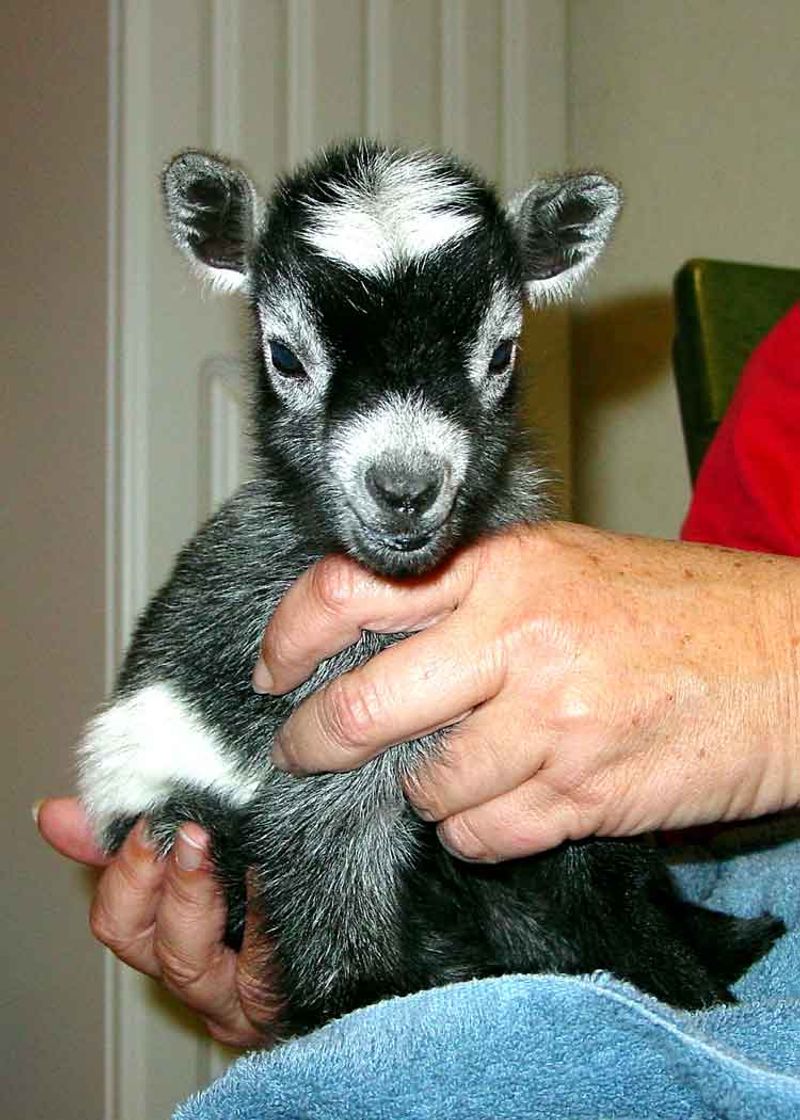
Pygmy goats, with their playful antics and charming personalities, bring joy to any farm setting. They require a balanced diet of hay, grains, and fresh foliage to maintain health. Space is essential, as they are active and enjoy climbing and exploring. Regular health checks and hoof maintenance are also necessary to ensure their well-being. Their friendly nature makes them delightful companions, yet they demand an environment that supports their energetic lifestyle and social needs.
Toucan

Toucans, with their vibrant beaks and striking colors, are a tropical treasure. Their diet is diverse, including fruits, insects, and small reptiles, requiring careful dietary planning. Housing must provide ample space and enrichment, mimicking their natural environment. Social and curious, they thrive on interaction and mental stimulation. Toucans are captivating and charismatic, but their care involves a commitment to understanding their specific dietary and social needs.
Palm Cockatoo
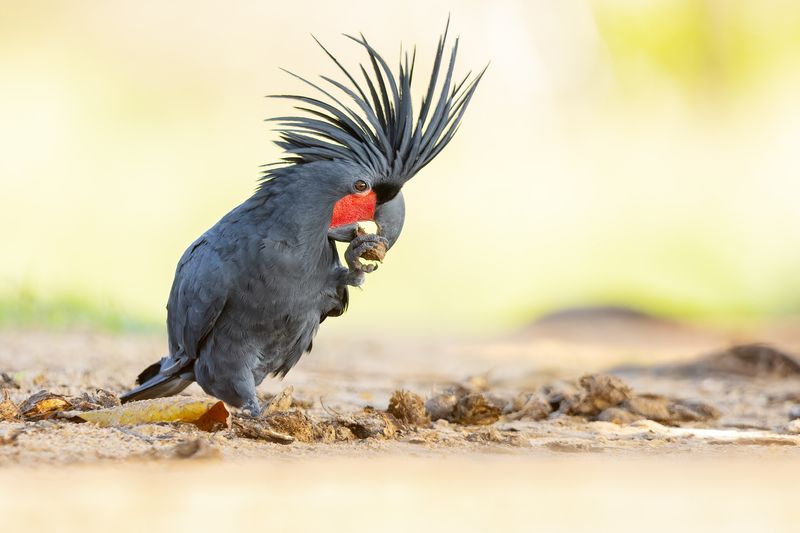
Come face-to-face with the Palm Cockatoo, a bird that captivates with its intelligence and striking appearance. Known for its dramatic black plumage and vibrant red cheeks, this feathered friend is nothing short of a spectacle.
Despite its beauty, the Palm Cockatoo demands attention with daily social interaction and a specialized diet. Owners must be prepared for a lifelong commitment, as these birds can live up to 60 years.
Did you know? The Palm Cockatoo is famous for its unique drumming behavior, using sticks to communicate—a rare trait among birds that adds to its charm and maintenance costs.

